Alternative medicine is usually ridiculed and dismissed as 'Humbug'. Purposefully and professionally it can be very well applied in addition to conventional medicine to achieve the best possible recovery.
I. Good Prophylaxis Protects the Horse
The starting point for natural healing is the correct prophylaxis, which already starts with the keeping, feeding and the 'use' of the horse. For example, the consequences of tension and dislocated joints can be avoided or at least reduced through regular visits to the osteopath. Bach flowers (all the important bach flowers we have already listed separately in an article) and schüssler salts are ideal as prophylactic measures - be it when moving from the stable to pasture or during special stress situations, such as tournaments. Also, massages, magnetic field covers or relaxing minutes under the solarium increase the well-being and regeneration of muscles, tendons, and joints after training. Another key component is the correct feeding of the horse, which should be tailored to his needs. In case of problems or disorders of the digestive tract, some natural remedies can strengthen the horse from the inside out.


II. Difficulties within Alternative Medicine
The biggest problem is probably the choice of the correct treatment and the correct application. Far too often the Internet presents an arbitrary diagnosis and allegedly correct Medizin is ordered, this Medizin gets administered to the horse without the necessary knowledge. That those situations contribute to the bad reputation of alternative medicine, goes without saying. Depending on the patient and the problem, the therapy must be adjusted individually - so there is not the optimal solution for the same problem. Although some tendencies (such as tensions - acupuncture, nervousness - Bach flowers) are visible in the treatment, these are not a measurement and should never be a cause for self-treatment. Of course, it is not possible to completely renounce conventional medicine - many diseases and problems require veterinary treatment in order to achieve a good recovery. However, alternative remedies can definitely be a useful supplement that can significantly contribute to the well-being of the horse.
III. Chiropractor, Animal Healing Practitioner, Osteopath, and Co. - Who for Which Problem?
Due to the increasing demand for alternative healing methods, the supply has increased as well. However, the individual definitions of terms and job titles cannot be generalized, since there is still no uniform job training available. On principle, there should be a broad knowledge of veterinary medicine for all jobs. Especially the basic knowledge of anatomy and physiology are important building blocks of the training.

- The Animal Physiotherapist
Animal physiotherapy is an education that usually lasts 24 months and provides theoretical background as well as practical skills in order for the trainee to lead a practice after a successful completion. The animal physiotherapist combines the knowledge of anatomy, physiology, pathology and requires a lot of craftsmanship. Physiotherapy is a therapy method in which the function of the body in the area of the skeletal and neuromuscular system is to be improved without administration of medication by external action, for example by massages, manual therapy, ultrasound, etc.
- The Animal Healer
The animal healer combines veterinary basic knowledge with natural medicine. The approach of veterinary medicine is found mostly in the keeping, the feeding and the handling of the horses. The animal healer is guided by holistic therapy concepts that incorporate all environmental factors and focus on prophylactic work.
- The Animal-Osteopath
The work of osteopaths is primarily concerned with the detection and treatment of dysfunctions of the musculoskeletal system.
- The Chiropractor
The term 'chiropractic' comes from the Greek and means as much as 'practicing with the hand'. The work focuses on the musculoskeletal system of animals and combines treatments of muscles, joints, tendons, ligaments, the vascular supply, and organs. The main focus is on the skeletal system of the animals, whereby the chiropractor helps with targeted treatments such as repositionings (dislocation) to correct the movement sequence or tension of the muscles and joints, so as to increase the well-being and promote recovery. Incorrect training, too little movement or even accidents can form blockages in the skeletal system of the horse, which can cause serious disturbances (also of the nervous system). This also results in the prophylactic work of a chiropractor in order to keep the horse healthy for as long as possible.
The education training to become an animal-osteopath and animal-chiropractor have the same basics. Those basics are taught during the training to become an animal physiotherapist, during which the student can specialize in different areas.
| Difficulties: Some methodological, natural medical disciplines can be acquired within a few weeks. In addition, the horse is not considered holistically in every therapy concept. It is also important to recognize that natural medicine should only be used as a supplement to and support for conventional medicine - but it can not completely replace it. 'Black sheep' exist in every industry - most important is the thorough research as well as the opinions and recommendations of third parties. Most veterinarians also work together with physiotherapists, osteopaths, and Co. - your veterinarian of confidence can certainly give you a recommendation. |
IV. Alternative Therapy Options
The alternative therapies range from Bach flowers to Schuessler salts, acupuncture and acupressure to leech and magnetic resonance therapy, magnetic-resonance-therapy and many more. An overview of the common methods, what they do and how they are applied, will be given within our second part of the "alternative healing methods" series.


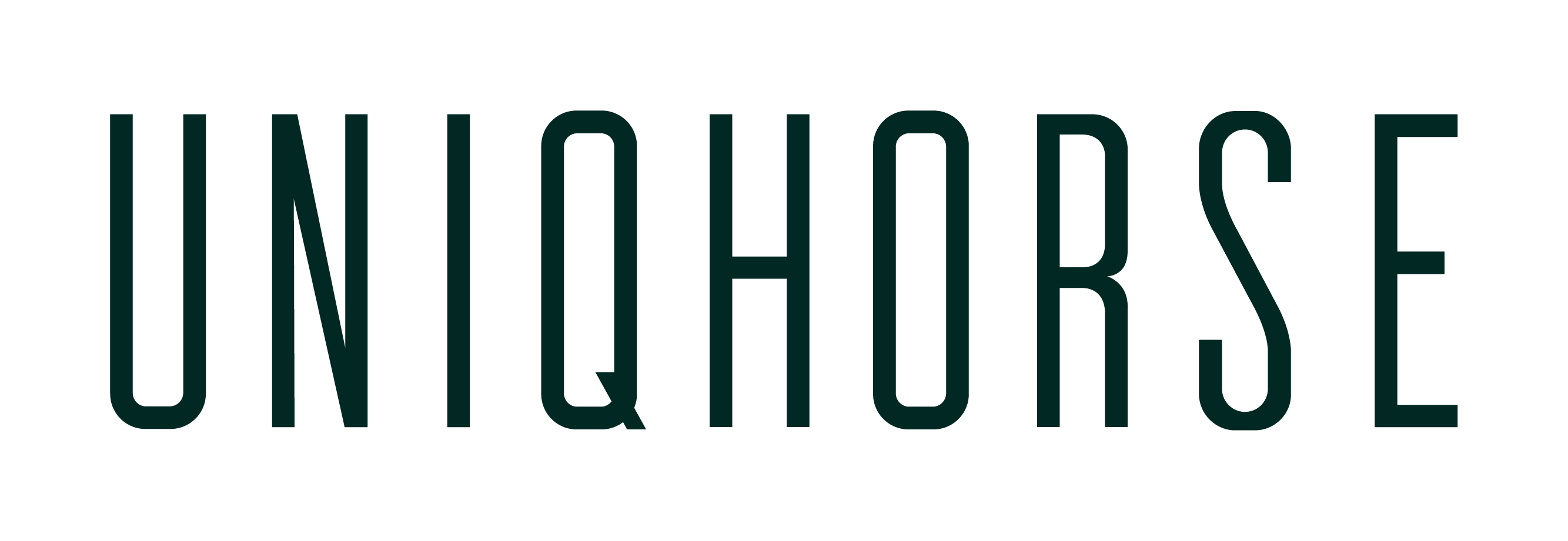
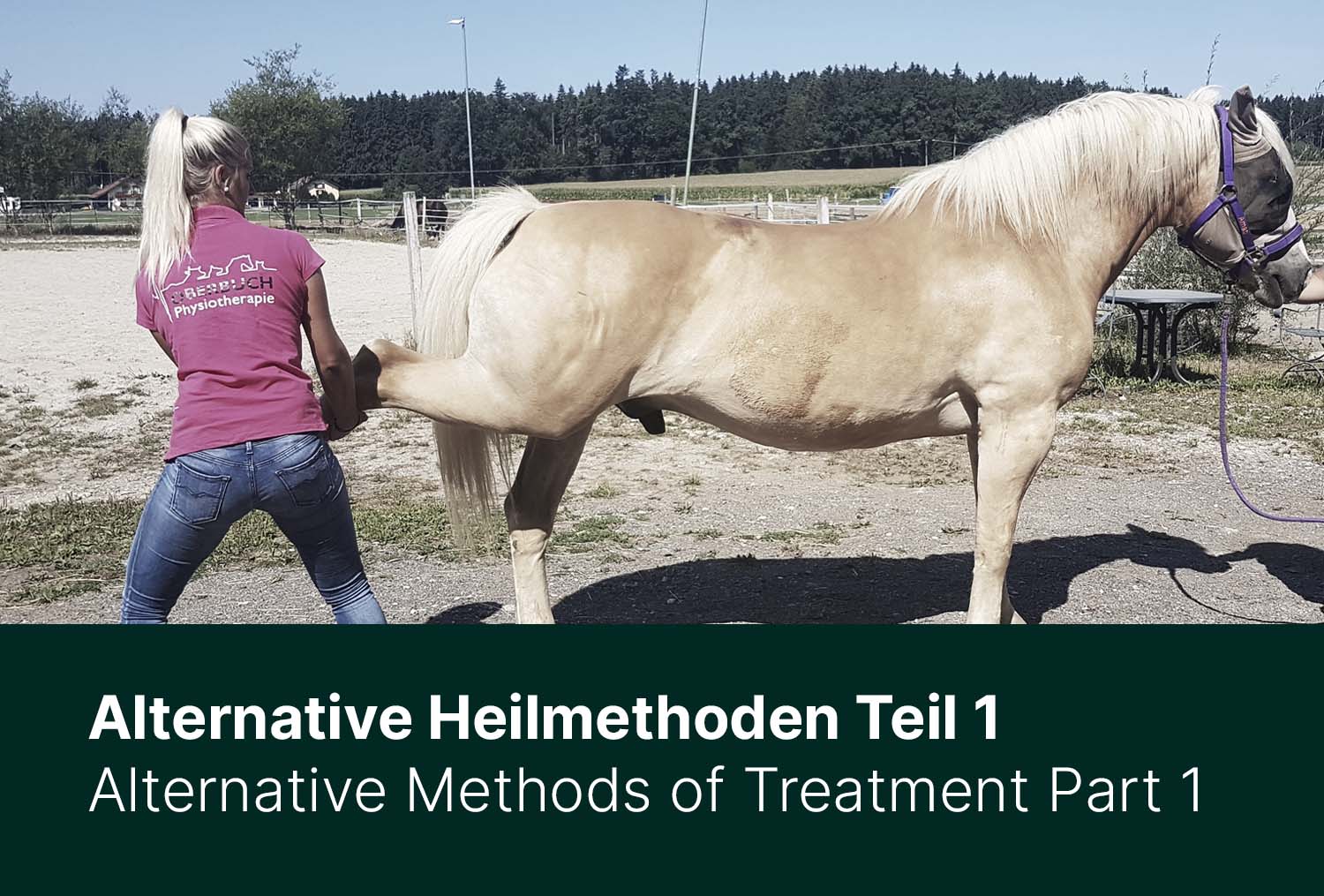
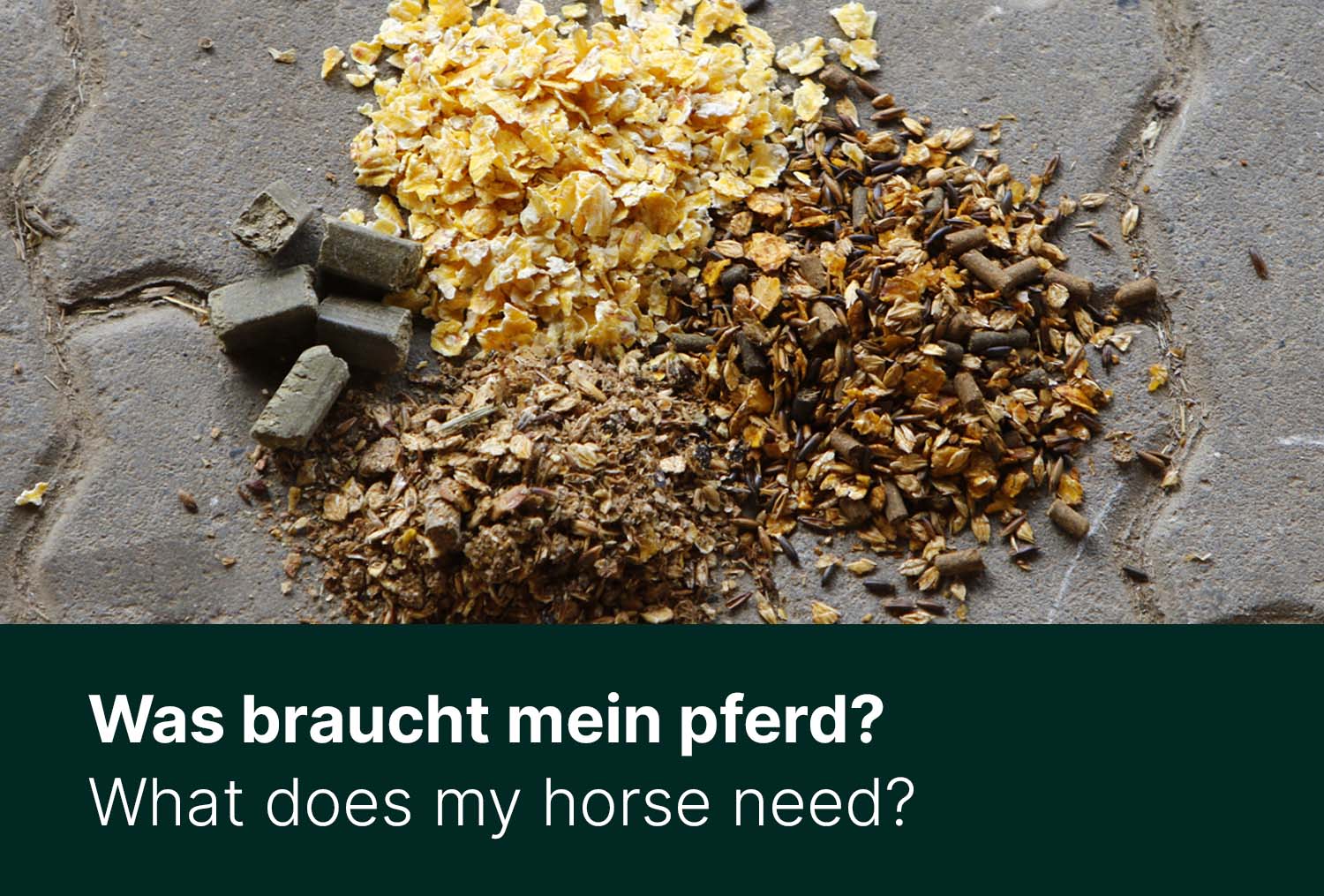
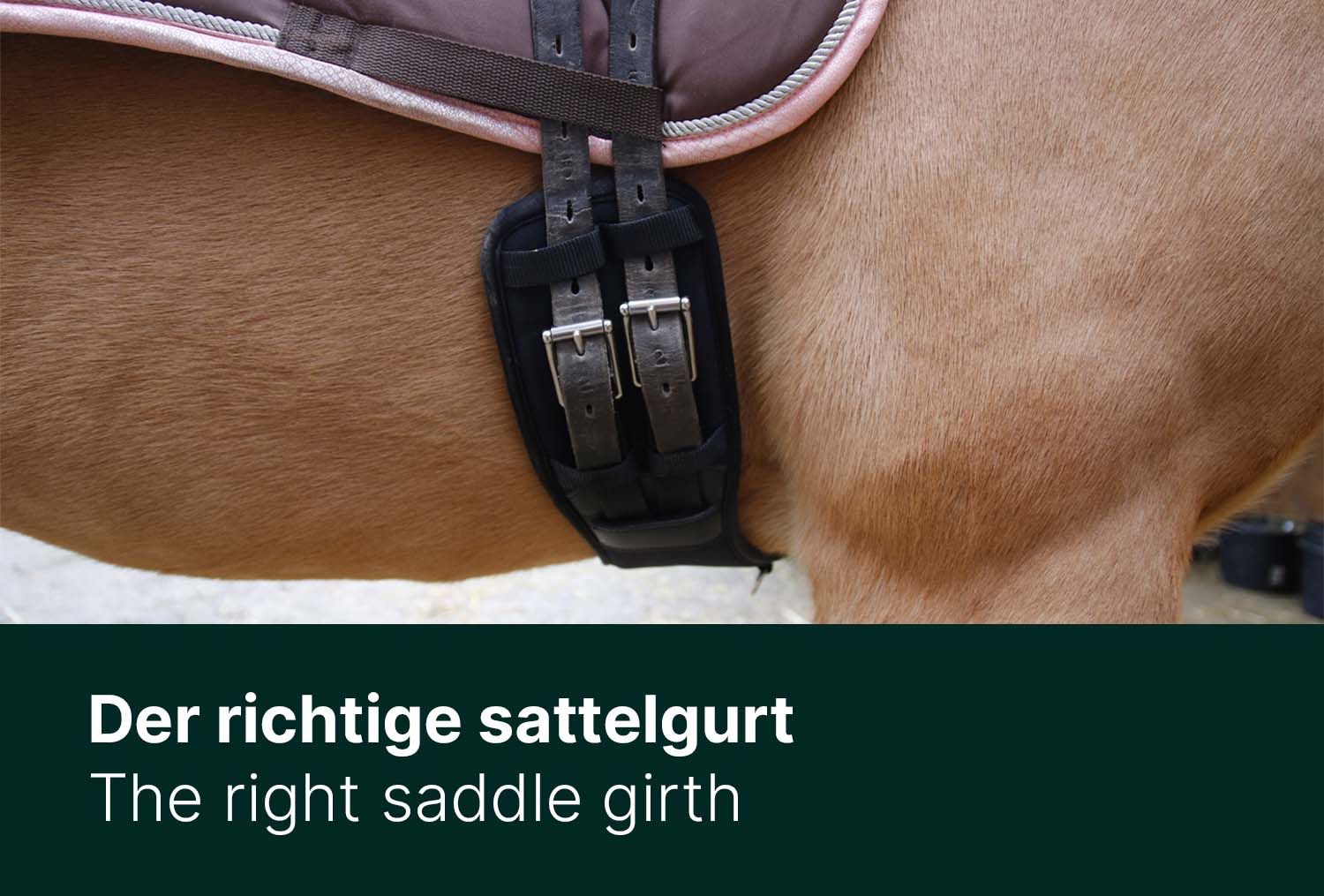
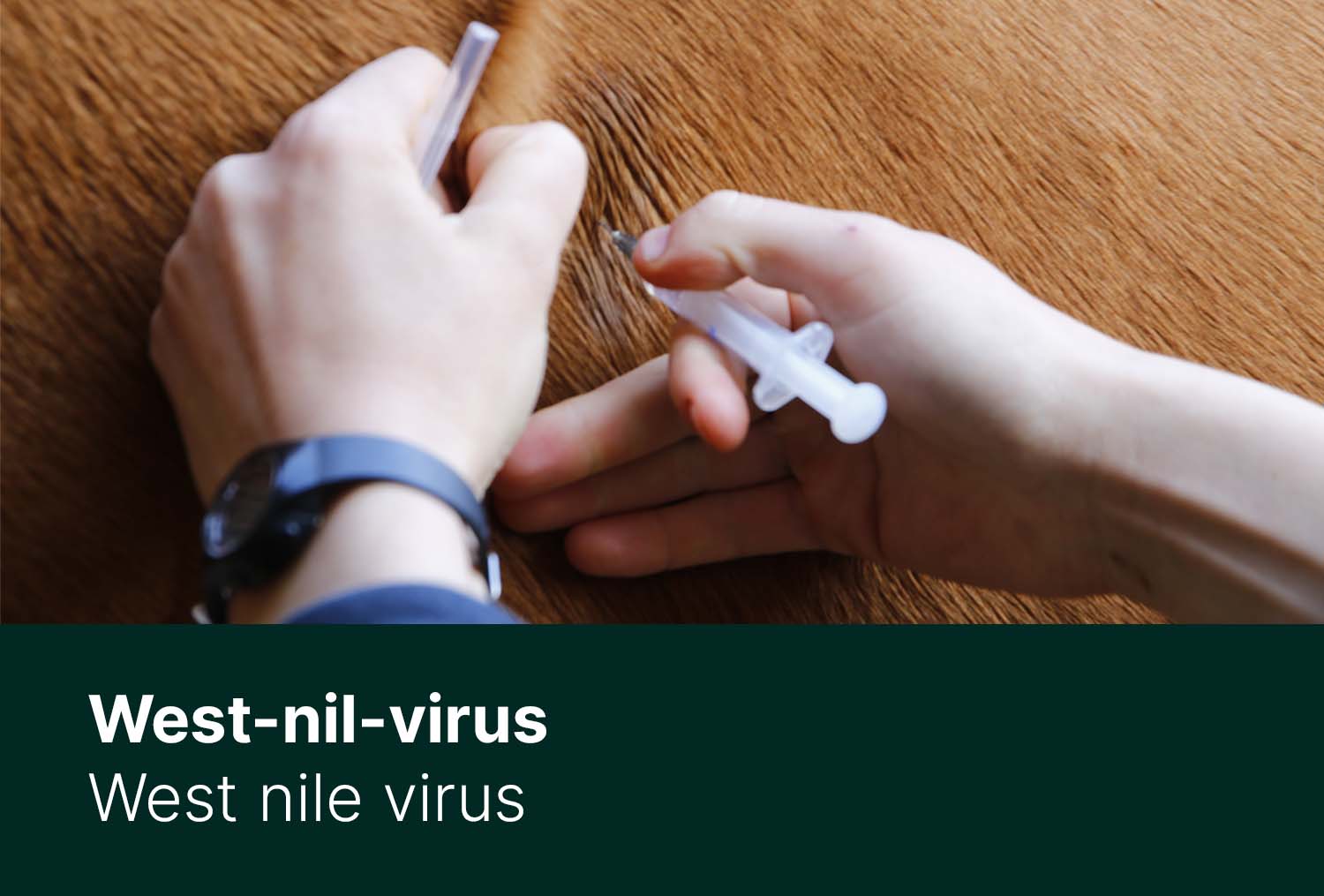
The Overheating of Horses - Recognize and Prevent
Alternative Methods of Treatment Part 2- Kinesio Taping, Acupuncture, Leeches and more